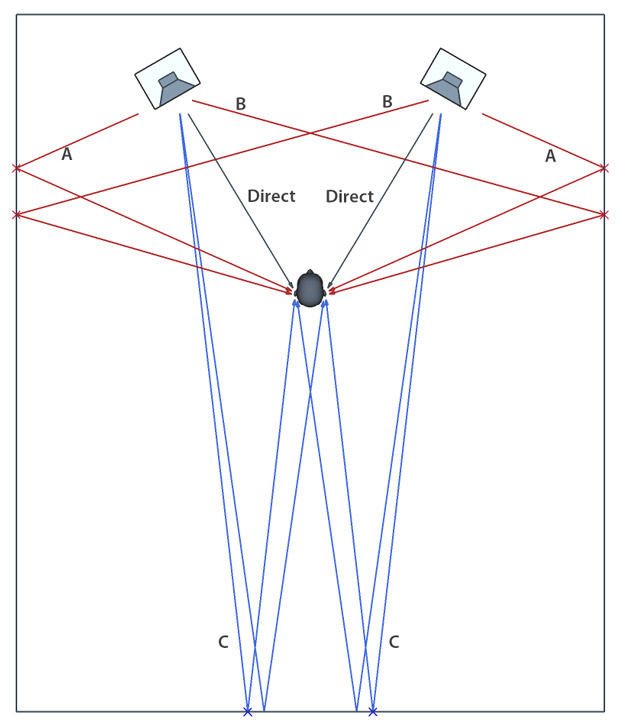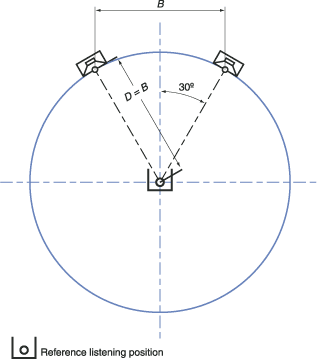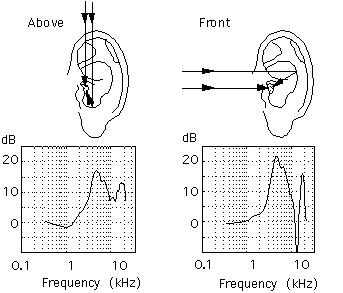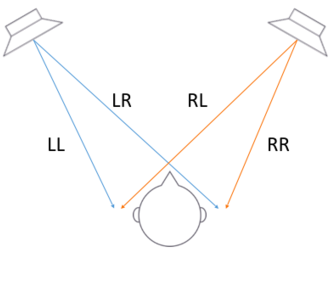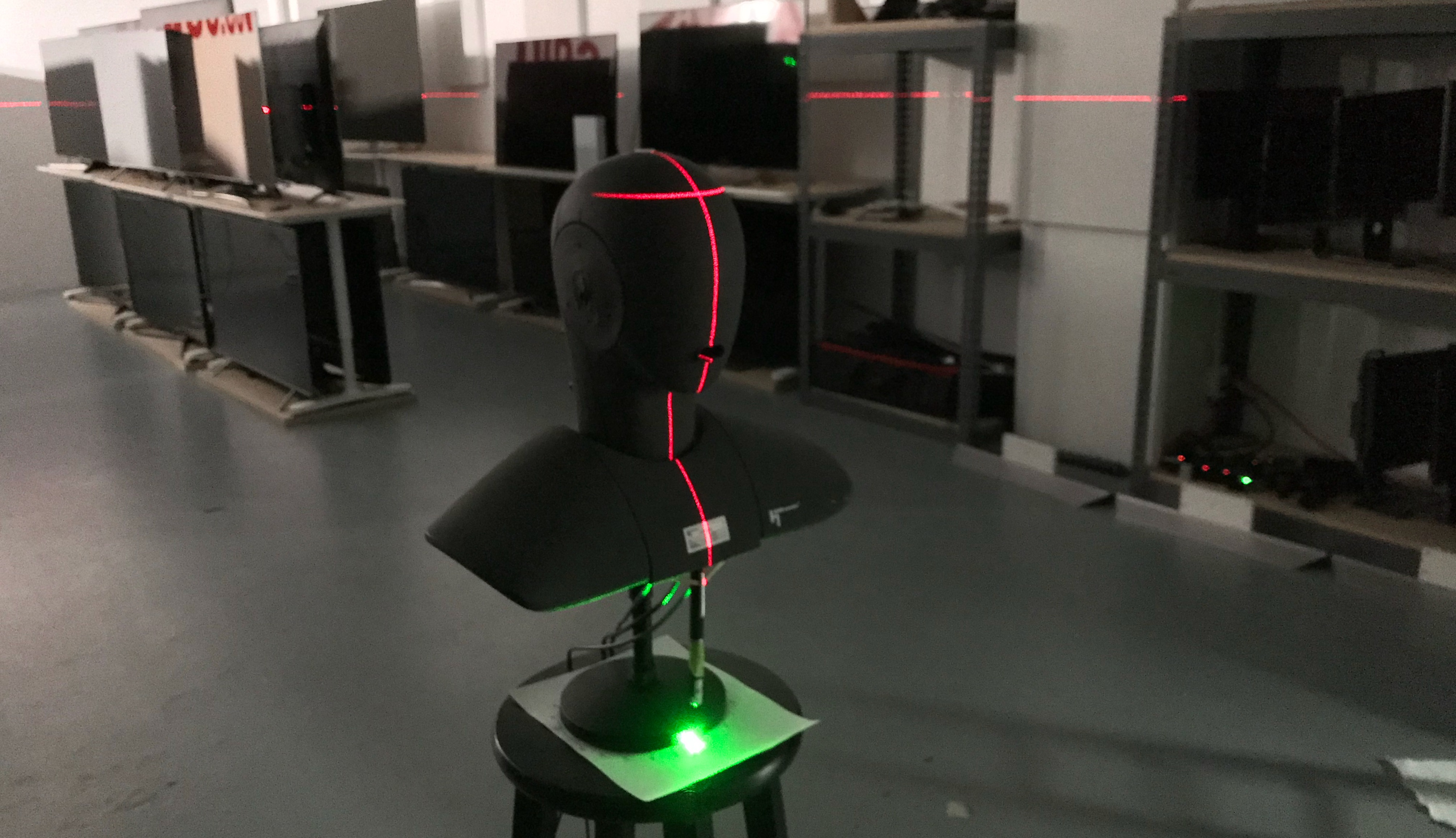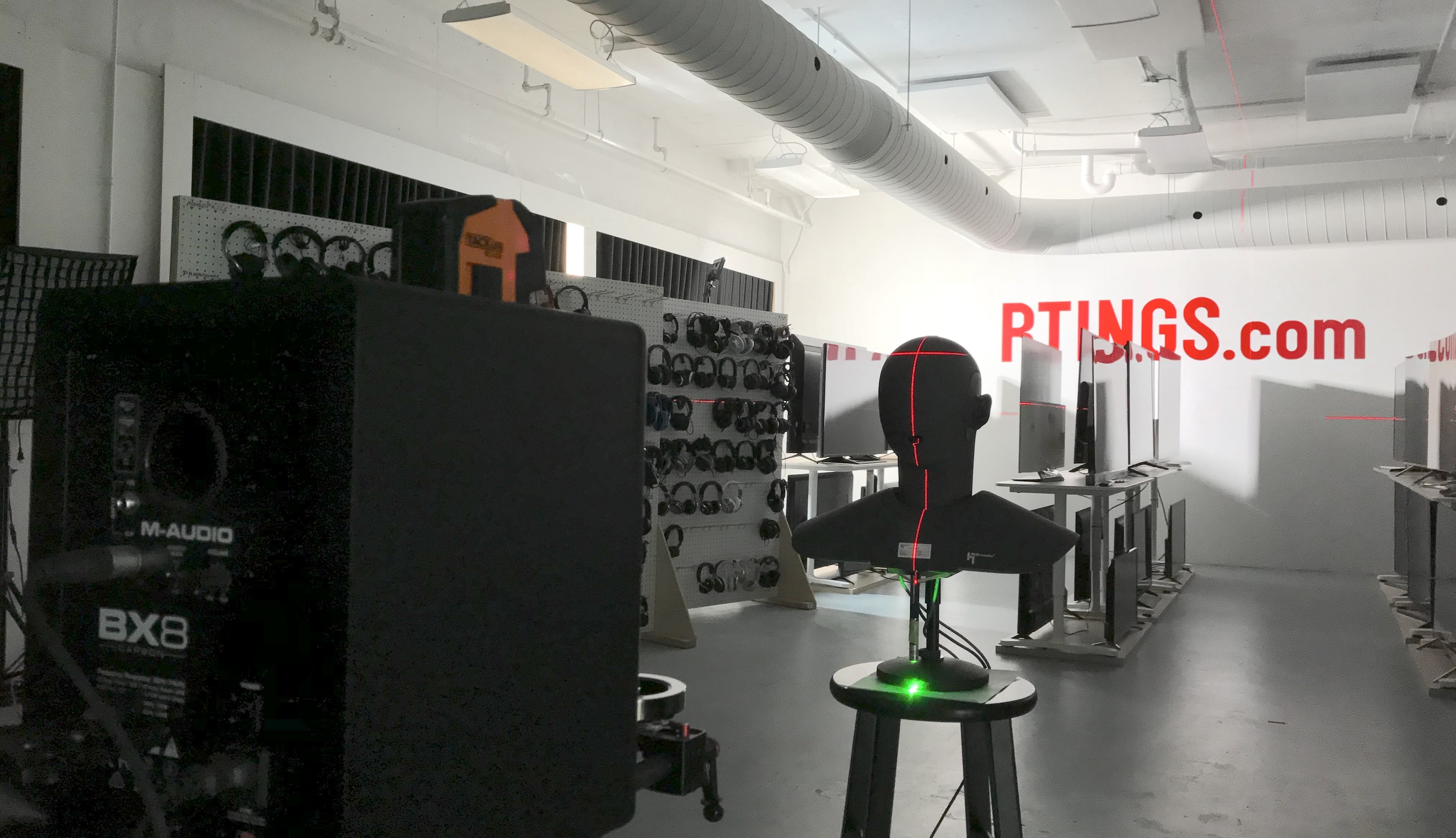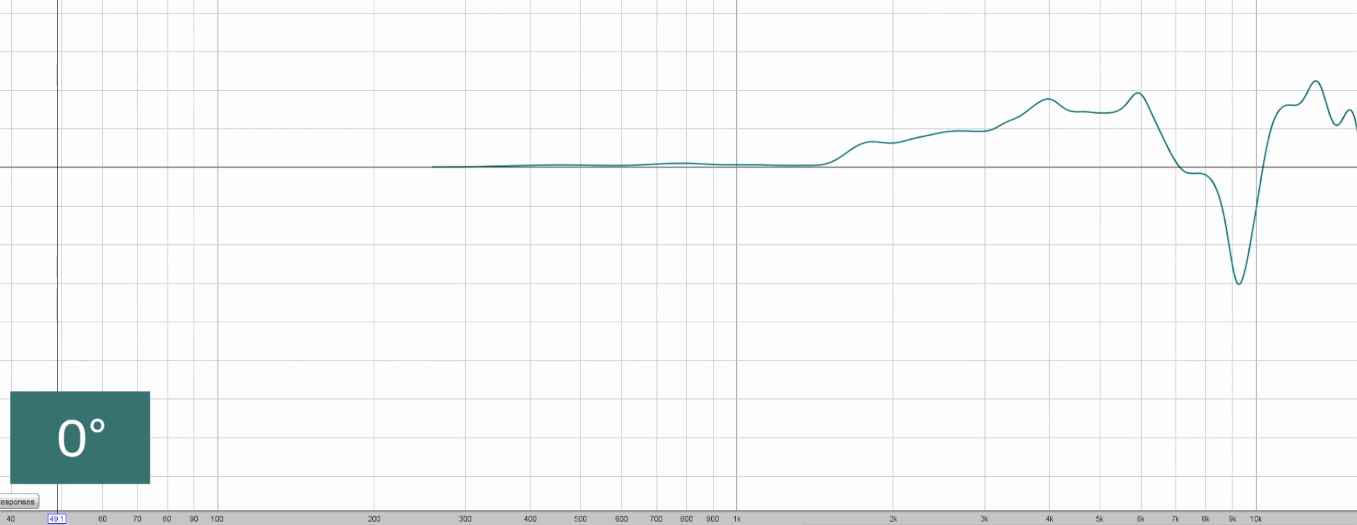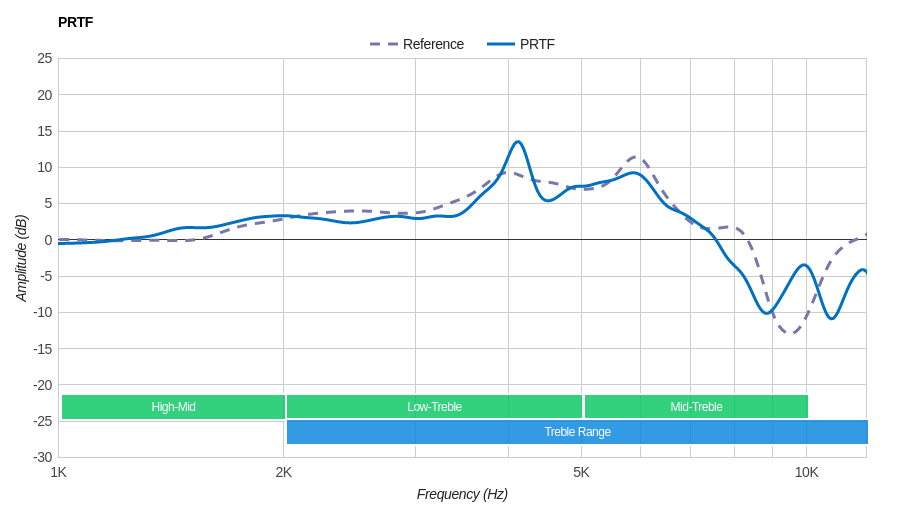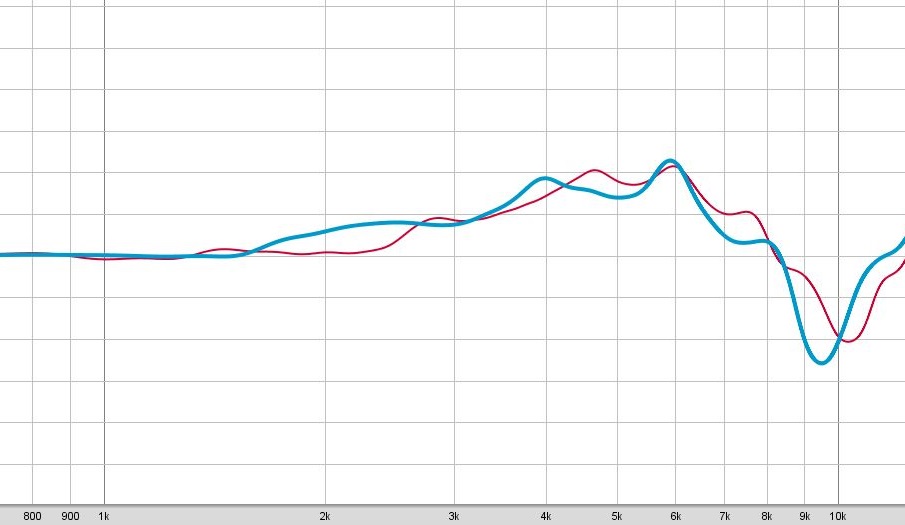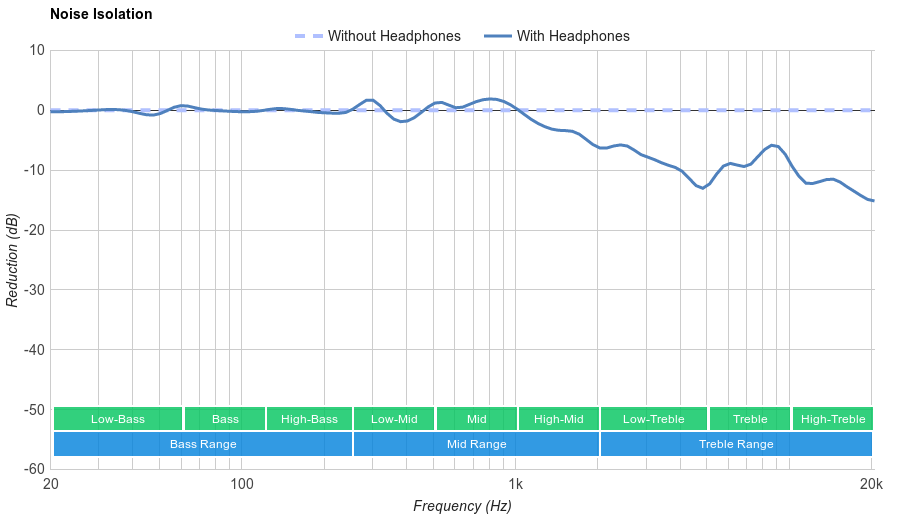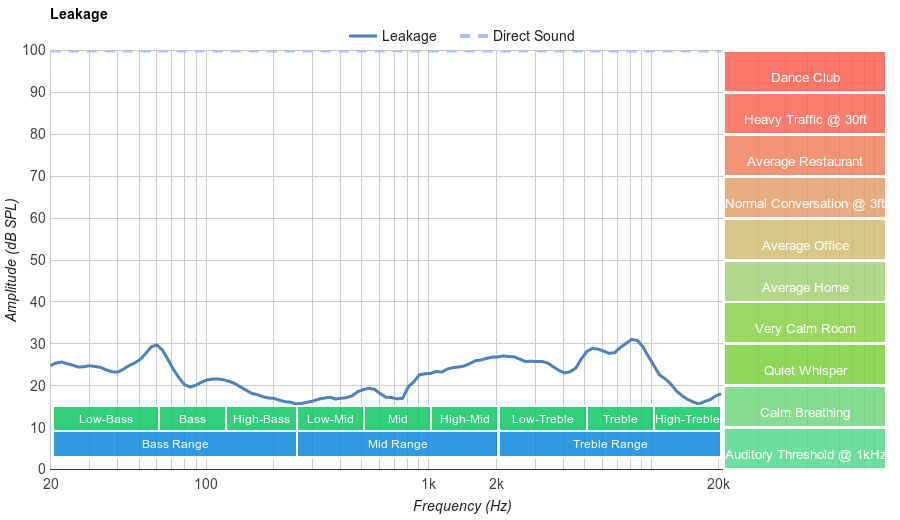- Table of Contents
- Intro
- When it matters
- How it works
- Our Tests
- Additional Information
- Comments
Our Passive Soundstage Score And Tests
Headphones
- 15.0% PRTF Accuracy (Std. Dev.)
- 15.0% PRTF Size (Avg.)
- 20.0% PRTF Distance
- 20.0% Openness
- 30.0% Acoustic Space Excitation
Soundstage determines the space and environment of sound, as created by the headphones. That is, it determines the perceived location and size of the sound field itself, whereas imaging determines the location and size of the objects within the sound field. In other words, soundstage is the localization and spatial cues not inherent to the audio content (music), and headphones have to 'create' them rather than 'reproduce' them. This differs from imaging, which is the localization and spatial cues inherent to the audio content.
Our soundstage test evaluates PRTF Accuracy (Std. Dev.), PRTF Size (Avg.), PRTF Distance, Openness, Acoustic Space Excitation, and Correlated Crosstalk, for the tested headphones below.
Test results
When it matters
A large, out-of-head, and in-front soundstage is mostly important to critical listening, home theater, and gaming use cases. A headphone with a good soundstage gives the sense that the music is happening in front of you, in a room you are sitting in, and not in a vacuum in your head. Creating a good soundstage is one of the hardest things to do for a headphone, and almost no headphone currently available can mimic a speaker-like soundstage.
Unless a large and speaker-like soundstage is needed or highly desired, most users will be perfectly happy with a headphone with a non-existent soundstage. It is possible that some people won't even notice the lack of it, or not be bothered by a small and inside-the-head soundstage until they compare it with a good stereo loudspeaker setup or a pair of headphones with a good soundstage.
How it works
Our reference for the ideal headphone's soundstage is the ideal stereo loudspeaker setup, in the ideal room. Although no such ideal setup exists in the real world, this provides a good theoretical basis for determining the components of the soundstage. Based on this framework, the differences between loudspeakers and headphones in terms of localization and spatial qualities, i.e. soundstage, can be divided into three:
- Room effects: With loudspeakers, the music is happening in a room where the sound is affected by reflections off the walls and other surfaces, as opposed to headphones where the music is happening at or in your ears.
- Angle and the sound source: Loudspeakers are positioned out in front and at a 30-degree angle, but headphones are usually at a 90-degree angle and very close to the eardrum. The pinna (the outer ear), which is part of the individual's HRTF (Head-Related Transfer Function), has a major role in helping the human auditory system to localize the angle and source of the sound source. Since the shape of the pinna is very complex and asymmetrical, both vertically and horizontally depending on the location of the source, different pinna resonances become active. These resonances add direction-specific patterns into the frequency response of the ears, which is then recognized by the auditory system for up/down, and front/back localization.
- Crosstalk: With a stereo loudspeakers setup, some of the sound from the left speaker gets to the right ear, and vice versa, because there’s no separating barrier between them. But with headphones, the sound of the L driver does not get to the right ear, due to the shadow created by the head. In a stereo speaker setup, the role of crosstalk is to strengthen the phantom center and to make the stereo image more cohesive; in other words, to remove the hole in the middle of the sound field, which is a characteristic of headphone soundstage.
Our Tests
PRTF
In order to measure the amount of interaction between the pinna and headphones, a test was devised that we call PRTF, short for pinna-related transfer function. For this test, we got an extra ear for our dummy head, chopped its pinna off, and measured the frequency response of each headphone twice. Once with the intact ear, and once with the ear with the missing pinna. The difference between the two frequency responses is the PRTF of the headphone.
Headphone's PRTF = (Frequency Response w/ Pinna) - (Frequency Response w/o Pinna)
To come up with a reference to score our PRTF measurements against, a loudspeaker was used. It was positioned 1 meter in front of the HMS (our dummy head) and frequency response measurements were performed with and without pinna every 30 degrees. We picked the loudspeaker PRTF at 30 degrees as the reference, because that’s where loudspeakers are positioned in a stereo setup, but as the graph below shows, there's a clear pattern emerging as the head is rotated.
In the soundstage category in our reviews, PRTF calculations are divided into three: Accuracy, Size, and Distance.
PRTF Accuracy (Std. Dev.)
The accuracy value is derived by performing a standard deviation calculation of the PRTF response compared to the speaker reference PRTF, between 2kHz and 7kHz. In other words, it shows how accurate the shape of the response is in that region, compared to the reference PRTF response, and therefore, is mostly responsible for how natural the perception of soundstage will be.
As a rule of thumb, headphones with angled drivers and large and deep enclosures have the best PRTF responses. That's why over-ear headphones tend to do better than on-ears, earbuds, and in-ears in this test. Also, some headphones show unusual peaks and dips in their PRTF responses. One possibility is that these headphones have small ear cups, and they pinch or mangle the pinna in a way that creates an unusual response and the soundstage of these headphones may be perceived as odd and unnatural.
PRTF Size (Avg.)
The size value is derived by performing an average amplitude calculation on the PRTF response between 2kHz and 7kHz. In other words, it shows the amount of interaction between the headphone and the pinna, regardless of its accuracy, and therefore, is mostly responsible for how large the soundstage will be perceived.
As a rule of thumb, headphones with angled drivers and large and deep enclosures have the best PRTF responses. That's why over-ear headphones tend to do better than on-ears, earbuds, and in-ears in this test. Also, some headphones show an unusually high amount of pinna interaction in their PRTF responses. One possibility is that these headphones use the pinna to dampen the resonances of the enclosure, and when the pinna is removed for the PRTF test, those resonances are able to ring freely. In this case, the extra activation can be considered as noise in our measurements.
PRTF Distance
The distance value is derived by calculating the difference between the "average PRTF amplitude of the 2kHz-7kHz range" (i.e. PRTF Size), and the "lowest PRTF amplitude value in the 8kHz-12kHz range". In other words, PRTF distance looks for the depth of the 10kHz notch, which is mostly responsible for cues regarding the angle and elevation of the sound source.
As a rule of thumb, headphones with angled drivers and large and deep enclosures have the best PRTF responses. That's why over-ear headphones tend to do better than on-ears, earbuds, and in-ears in this test.
It should be noted that with some headphones, the center frequency of the "10kHz notch" is slightly shifted upwards or downwards. Based on our tests, an upshift in the center frequency of the notch could actually represent cues for the elevation of the sound source. That is, the auditory system will localize the sound source in-front and slightly above, rather than just in front.
Openness
This value is the inverse of the noise isolation score. That is, the less isolating a headphone, the higher their openness value will be. Openness is included in the soundstage category, since open-back headphones, compared to closed-back headphones, tend to give the impression of a more open and spacious soundstage. However, the reputation that open-back headphones have regarding their soundstage hasn't been quite validated in scientific studies yet, and the sense of a more spacious soundstage may actually be related to the acoustic impedance of the headphones, rather than their enclosure properties.
Acoustic Space Excitation
This value is the inverse of the leakage score. That is, the leakier a headphone, the more they acoustically excite the room they are in. Acoustic Space Excitation (ASE) is included in the soundstage category since the soundstage of certain headphones can be subtly affected by the room they are located in. For example, with very open and leaky (loud) headphones, it is possible to hear a small change in soundstage as one moves from a large dead environment to a small and reflective room.
As a rule of thumb, the smaller the driver of a headphone, the less their ASE will be. Also, open-back headphones excite their environment more than their closed-back counterparts. Therefore, closed-back in-ears usually have the least amount of ASE, and open-back planar magnetic headphones tend to have the highest amount of ASE.
Additional Information
At the moment, PRTF measurements are only performed on over-ear and on-ear headphones. That's because earbuds and in-ears fully bypass the pinna and don't interact with it, and their PRTF response would basically be a flat line, as can be seen in the examples below:
What's not included
- Room effects
- Head tracking
- Distance of the sound source
- Headphone acoustic impedance
- DSP: soundstage effects created using digital signal processing
If you feel there is an item missing that should be included, please let us know in the Q&A section or via email.
